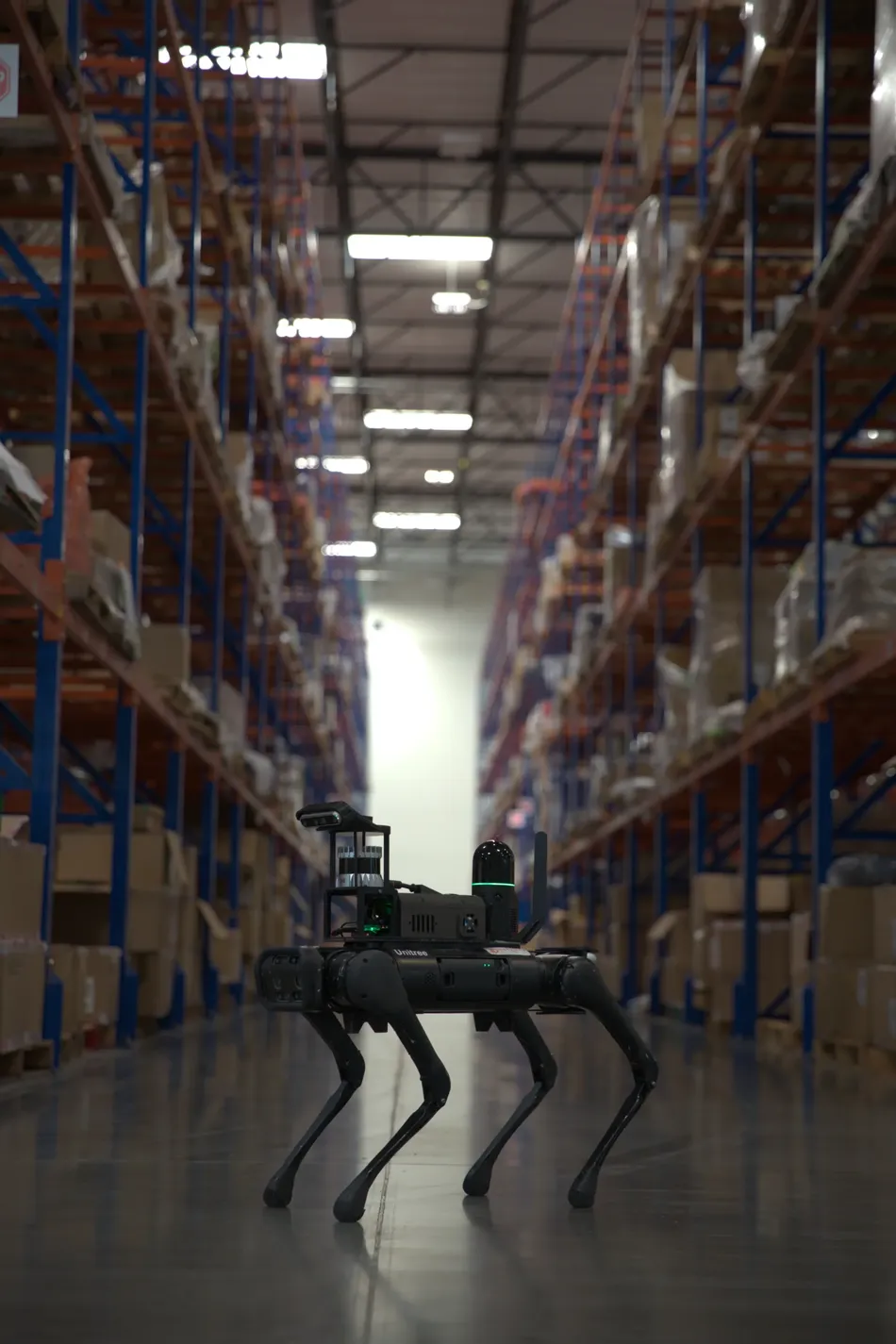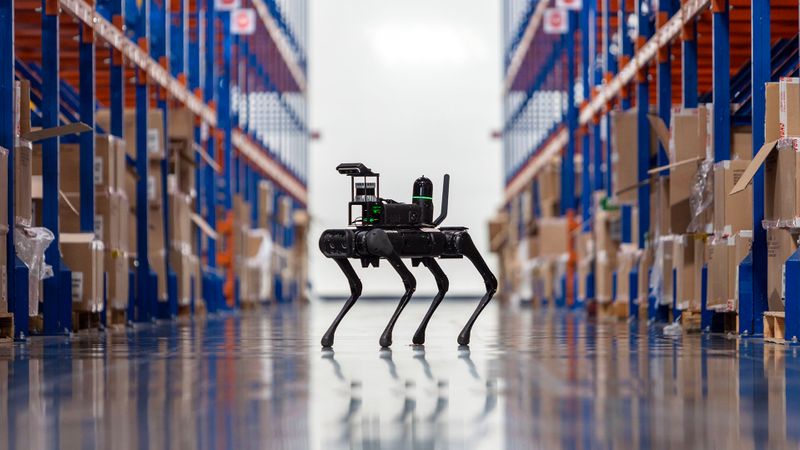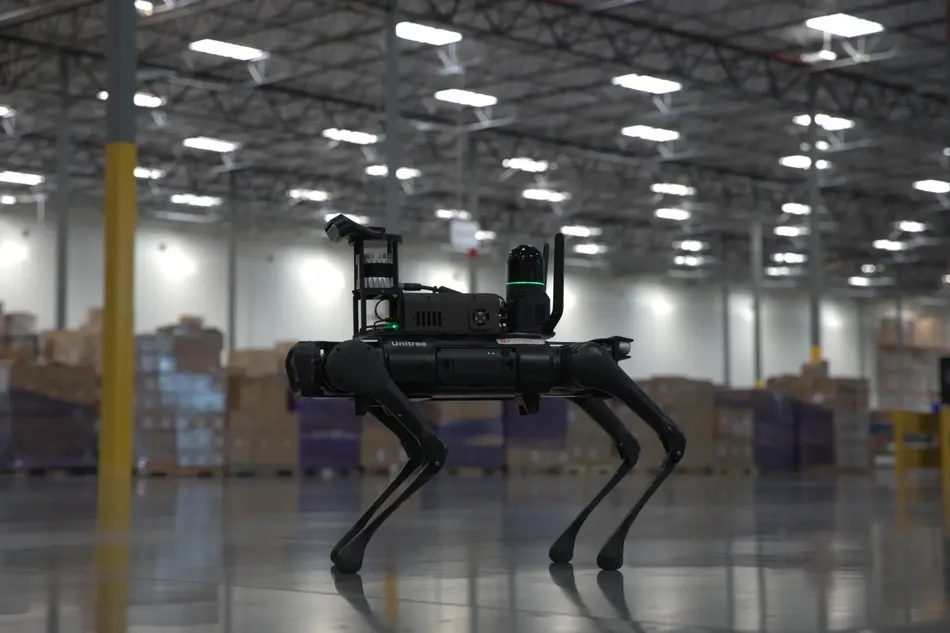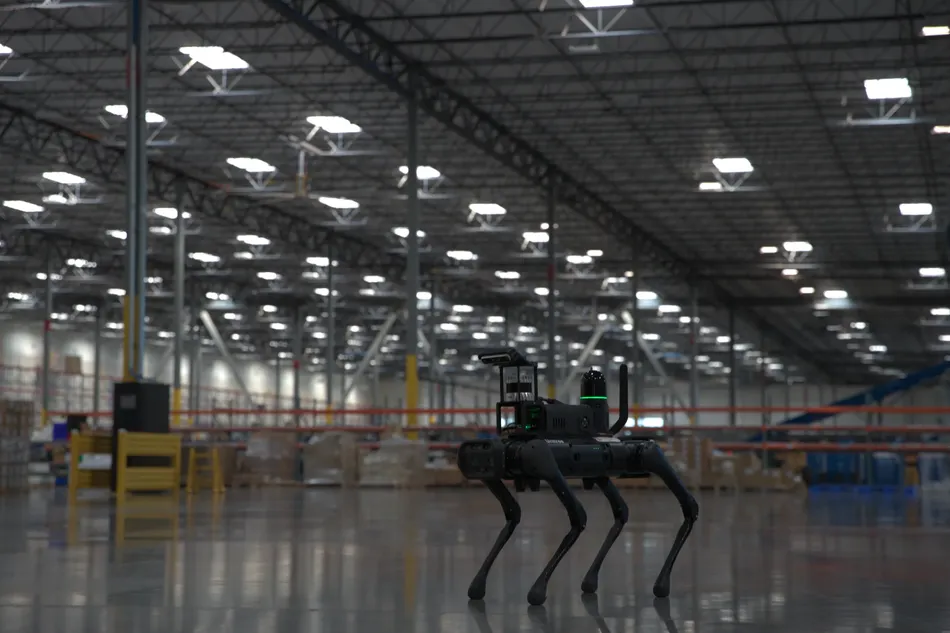A New Solution for Autonomous Digital Twins and Industrial Scanning
Unveiling a Distinctive Approach for Digital Twin Creation and Industrial Scanning
This article was first published on
indrorobotics.caYou’ve all heard of – or, more likely, seen – a precision scan by now.
In short, it’s a digital model of what is usually a real-world object, system or process. When done well, for all intents and purposes, the scan is indistinguishable from the real deal. That means it can be used in simulations, for change detection, maintenance – and a whole lot more.
There are, of course, existing options out there – and some very good ones.
But working with partners, InDro Robotics has created a solution for industries we believe will set a new bar for routine, autonomous 2D and 3D digital captures. It’s a big deal – with significant and positive implications for clients across multiple sectors.
“This is an overarching solution with use-cases across a wide variety of verticals,” says InDro Robotics Vice-President Peter King.
“We’ve done comprehensive testing of this full-stack solution, and the results have been phenomenal. We are now preparing to roll this out to clients in the industrial sector and beyond.”
Below: InDro’s precision scan solution, working a warehouse in California
Comprehensive Digital Twin Solution
InDro’s new industrial scanning solution for digital twin creation brings millimetre-precision to the capturing process.
Using a quadruped as a platform, InDro has outfitted the robot with the latest in sensors, including a new Leica LiDAR unit (the system includes three LiDAR units, plus depth cameras and more). The system is capable of true GPS-denied SLAM, exploring a brand new environment while capturing a high-precision 3D or 2D scan.
What’s more, with an onboard Machine Vision library, the system is capable of object detection and classification. Use-cases include:
- Building a precise plan of a manufacturing or warehousing space
- 3PL (Third Party Logistics) applications
- Change detection for construction, inventory
- Scans in GPS-denied locations, such as mines or caves (and even some buildings)
And that is literally just scratching the surface.
“From a manufacturing point of view, for example, if we create a very accurate precision scan, a digital copy of an entire facility can then be used to remanufacture another manufacturing facility,” says King.
Existing Solutions
We’ve all seen digital twins before. Often these are captures of the exteriors or buildings or some other infrastructure (bridges, power lines, pipelines, railroads etc.) where the client is looking for change detection. What is different during this scan vs. the previous one? Is the anomaly going to present an immediate or future problem? Is construction proceeding at the correct pace? Is it time to oder more drywall?
Such scans, clearly, can provide very useful data.
Though robots (and drones) have been stepping into the interior scanning space, the robotics industry (with few exceptions) is in the early phase of both implementation and adoption. This means many sites still rely on manual scanning: A human being walking around the space with a handheld sensor (usually LiDAR) that creates a point cloud.
“Traditionally, this has been done manually,” explains King. “In a lot of cases, it’s required really expensive professionals to travel to come on-site with their own very expensive equipment.”
InDro’s precision scan – despite being a complex and comprehensive solution – offers a simpler and more cost-efficient means of capture. Quite simply, our robot is deployed on site to explore the areas the client wants captured. That could be a warehouse floor or an entire, multi-level building. When the robot needs to take a break and re-charge, it returns to its base for a wireless power-up.
“It’s traditionally been extremely costly to go and collect this data,” says King. “What we’re offering is a service where we bring the robot, let it work throughout its day, and process the data. Clients will get their scans more affordably, more efficiently – and be in a position to do it more frequently in a cost-effective manner.”

Fast, Efficient, Accurate
There’s a wide array of businesses, particularly in supply chain and manufacturing, that frequently update their 2D floor plans. When new tooling or machinery is installed or other physical changes to the location infrastructure take place, companies need to update their digital twin to reflect those alterations. Typically, this is still done manually.
“A 2D CAD model is generally done by somebody that’s doing measurements by hand,” says VP King.
Wouldn’t it be easier (and less prone to error) to have a fully autonomous robot do the work?
“With this precision scan we would let the quadruped run in that new area – wherever things have changed – and automatically update their old file and have a fresh and accurate 2D CAD within a number of hours.”
Tightly Integrated Solution
InDro’s precision scanning solution was built from the ground up to be robust, reliable and – above all – highly accurate. It’s also fast, capable of capturing a 2D scan of even a large facility in less time than a single human shift. (2D scans are often of greater importance, pending the sector, but our solution is equally capable with 3D captures.)
“The goal in developing this product has always been about giving clients affordable access to the best and most integrated technology,” says King. “We now have a full-stack solution available for on-demand scans, whether 2D or 3D, indoors or outdoors, and at a price point that makes this a true value proposition for our customers.”
Below: Another look at InDro’s new precision scanning solution:
InDro's Take
We’re obviously proud of this technological accomplishment. We’ve proven this solution both internally and in large warehouse settings in the US – and are gearing up for commercial deployment at scale.
“R&D is an exciting but also challenging space,” says InDro Robotics CEO Philip Reece.
“We are very selective in the projects we pursue – choosing to innovate and build things only when there’s a clear purpose or a clear client. In this case, it was obvious there was a need for an autonomous, precise solution for companies that require regular or even one-off scans. We are confident in our solution – because we’ve seen the results.”
There is, of course, much more behind the technology. But we have to balance how much we reveal with the competitive nature of the market. We can, however, state that this is a proven solution that produces incredible results.
Interested in more information? Contact us here.


